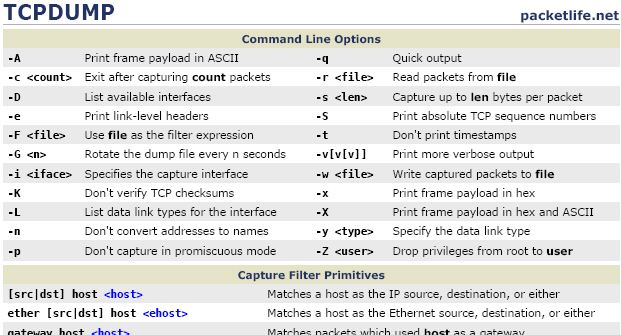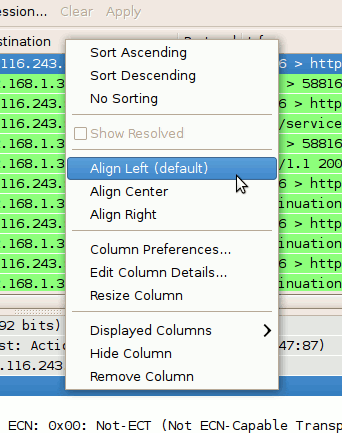
To close down a SPAN session simply issue the no monitor session # command. The source port (fa0/1), traffic flow (both), destination port (fa0/2), and the encapsulation, are all shown in the command. You can issue the sh monitor session # command to see if their are any active SPAN sessions on the switch, or if you want to see the details of a configured SPAN session. Only traffic from the source port will be transmitted out of the destination port by the switch that’s it. First off the destination port will be put in a “Monitor” mode, meaning traffic received on this port will be dropped.

Their isn’t much to consider concerning the source port since it will not be effected at all, the destination port however is treated a bit differently. RSPAN allows SPAN sessions across remote switches, but I will not be covering RSPAN in this post. Note: For this local SPAN session both the source port and destination port must be on the same switch. It’s very easily configured by a few small statements and the only thing you have to decide on is which port you want to monitor, the traffic flow you want to see from that port (egress, ingress, or both) and the destination port you want the traffic sent to. Link to the Wireshark release notes page.Ī SPAN session is a way for you to have the traffic that is transmitted and/or received from one port or VLAN and have it forwarded out another port for analysis purposes.

A while back I did a look at how Winpcap interacts with the NIC cards and captures packets, Even though Npcap is based off Winpcap I am curious to see if that underlying interaction has changed (more to come on that, or I’ll just update this blog post later on with my findings) Npcap is actually part of the NMAP project which while Npcap is build of Winpcap Npcap gets a little more love in regards to up updates and being actively worked on.

WireShark v3 for Windows now ships with Npcap as opposed to Winpcap that we have been used forever now. However outside of the new features, there is one major under the hood change this feature introduces. Recently, Wireshark dropped a major release which adds a few cool features (some new and some old).


 0 kommentar(er)
0 kommentar(er)
